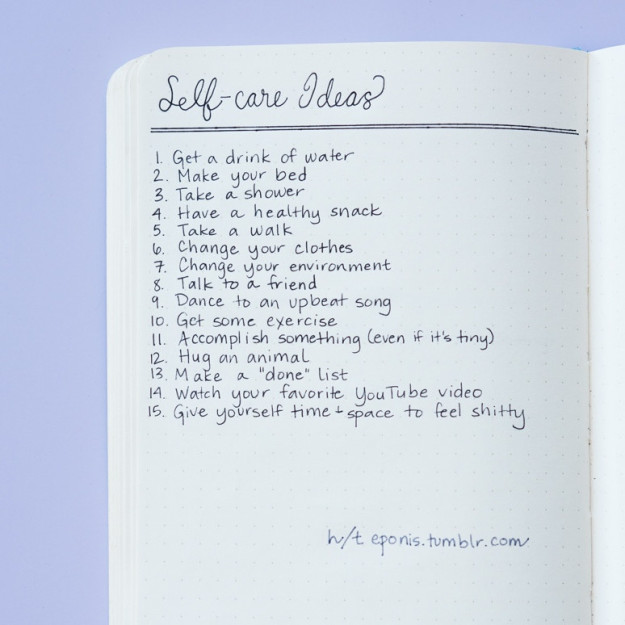The word “creativity” may make you think of artsy types, ready to craft a mask, whip up a painting, play an instrument, or pen a novel. And it is, in part, but it’s also about coming up with something new. In this case, let’s consider creative new ways to communicate, to stay connected, to motivate employees to stay engaged and do their best work even while working from home, and also, to entertain ourselves and find some joy in even the most trying of times. And, for those of you who would like to stretch yourself in the traditionally creative sense, keep reading, I have a few ideas for you too.
“Necessity is the mother of invention”-English proverb. We have found this to be true during trying times in our history which turned up products that changed lives. Take a look at the list of things we may never have had without tough times that caused someone to think outside the box.
- Toll House Cookies: Ruth Graves Wakefield accidentally created the recipe while baking for her guests as the owner of the Toll House Inn. During the great depression, running out of baker’s chocolate, Wakefield settled for cutting a chocolate bar into pieces assuming the chocolate would melt. Instead, it hardened into tiny chips and became the first chocolate chip cookie. Families in the area of the Inn sent the cookies to their soldiers overseas who then shared them amongst the troops and began writing home begging for more–they became a global phenomenon. She eventually gave the recipe to Nestle, who compensated her with the only thing better than money: a lifetime supply of free chocolate.
- Basketball: The game was invented in 1891 by Dr. James Naismith, a sports coach, but for the first three years, it was actually played with a soccer ball. Then in the midst of a recession, Naismith encouraged A.G. Spalding to create a ball specifically designed for the new game. With few changes, this is the same Spalding ball you see on the courts today.
- M&M’s: “Melts in your mouth, not in your hand.” During the Spanish Civil War in the 1930s, Forrest Mars, Sr. (of the Mars Company) saw British soldiers eating pellets of chocolate coated in a hard candy shell. The shell kept the chocolate from melting in the soldiers’ hands. Mars patented the product and started producing M&M’s, exclusively selling to the military in World War II.
- Pilates: Physical trainer Joseph Pilates conceived the idea of the workout known for core strengthening, flexibility, and balance while a prisoner of war in an internment camp during WWI. He honed his method of “contrology” on fellow inmates, aiding in the rehab of injured veterans. After the war, Joseph Pilates immigrated to the US and collaborated with dance and exercise experts to nail down the system we know simply as “Pilates.”
- Meetup: New Yorker Scott Heiferman was in his apartment on September 11, 2001, when two planes crashed into the World Trade Center. In the aftermath, he found himself surrounded by neighbors he’d never even met. Following the tragedy, Heiferman observed the desire for community and that led to the creation of social networking site Meetup, where users can meet like-minded individuals in their area and make plans for face to face meetups.
And today there are already examples of crafty new products, businesses pivoting to meet new demand, and new uses of existing products. I’ve seen several ads for keychains that look similar to bottle openers but have been designed to open doors, press elevator buttons, and other tasks acting as a stand-in for fingers on high touch surfaces. In other countries there have been 3D printed handles attached to refrigeration doors in grocery stores that can be opened using a forearm rather than a hand. And businesses, even locally, that were previously in the space of building cabinetry that have now taken up crafting acrylic barriers for public spaces in an effort to meet the new demands of safety for businesses. School shop classes and computer labs have in some areas started implementing use of their equipment to create face shields. Shortly after the virus struck and stay-at-home orders were issued, restaurants were finding ways to create online bodega offerings by continuing to buy from their suppliers in bulk and then make household sized quantities of products available in a market that was difficult to find many products. And this next story I hear about our teens… While it may not be one of productivity, these kids are inspiring to me because this ingenuity is exactly what we need in our future generations. There was an article written about a year ago titled, “The Hottest Chat App for Teens Is… Google Docs” which describes that our teens are creating google docs, sharing them with friends—often as they sit in class—and due to the nature of Google Docs ability to see live updates by any of the document holders, are chatting with their friends much the way our older generations used to with passed folded notes.
Stories like these are inspiring to me, I love to watch the way people come together in support during times like these that are so difficult in so many ways. And to see that some businesses are able to find new ways to bring in revenue at a time many financial forecasts have flattened, it’s inspiring and has me hoping that others are looking for ways to do so themselves. I’ve also read that groups of co-workers who are now forced to work from home but are single, and thus, feeling very alone, have begun creating Zoom calls every morning with their colleagues so they can virtually sit side by side and do their jobs—and not feel so isolated. I’ve also read that there are nurses, who are understandably fatigued and stressed and overworked, that are finding ways to lighten spirits during their shifts. One story that stuck with me was a nurse who had two patients on a non-Covid floor who had to frequently get up to urinate, requiring help each time. The patients were apologetic, feeling they were pulling the nurse from more important duties. She reassured them, and realized they had senses of humor that would appreciate this boost—she created an “award” for them at the end of her shift for “most frequent use of the facilities”. The initial embarrassment was turned into a laugh for the patients and the nurse and lightened the mood all around.

And, now for the creatives and the creative hopefuls among us—let’s inspire you to keep going with your talent or your desire to learn a skill. Want to learn the guitar, or learn new songs? Fender has online classes found here in bite-sized pieces. How about the piano? Want to learn with Harry Connick, Jr showing you the ropes? Check this out. If writing is more your style, there’s playwriting, guidance for getting that novel written you’ve had rattling around in your brain, or a cool article from none other than Judy Blume, of tween girl fiction fame, with some tips on writing a children’s book. And if you’re looking for some visual art inspiration, I was impressed with this page Berkeley put together. There are also some great online art classes being offered by artist collectives like this—there is some free content to get you started and the classes utilize a number of different medias, from painting and sketching, to mixed media. And for the parents among us looking for outlets for the kids, take a look at Camp Creativity for some fun free content.
Let this be a time of creativity. The change in perspective by introducing a new idea lightens the spirit, helps move through darkness to hope, and may prove the path to a whole new business or product. If you are a supervisor to others, take some time to consider new ways to motivate your team—the morale boost can help not only their mental health but the fiscal health of your business. If you are a health care worker, are there ways to inject some levity in your day in even small ways? Quality patient care and provider burnout are uniquely tied together, so look for ways to help ease your daily stress, even if you simply create an “award” to bring a laugh. Are you working from home and lonely? Consider starting Zoom calls with colleagues so you can still have some office chatter while sitting in your home office. And, if you’re a parent facing burnout, look for Facebook groups for your area or for parents with children of similar age, or take a look at Meetup to find some peer support. Often, having those groups can make you feel less alone in your frustration and you find humor in commiseration. All or any of these ideas can help prevent or alleviate the depression and boredom I’m seeing so often around me. Take a chance – take a leap – and try creatively something new in meeting a need you or others around you have.
Wishing you creativity and hope this coming week,
Dr. Beth
Sources for past inventions and products:
https://www.interestingthings.com/gallery/20th-century-inventions-in-times-of-crisis/




 Photo credit: Dr Mark Arcuri
Photo credit: Dr Mark Arcuri









